The Blue Ridge Naturalist Final Project
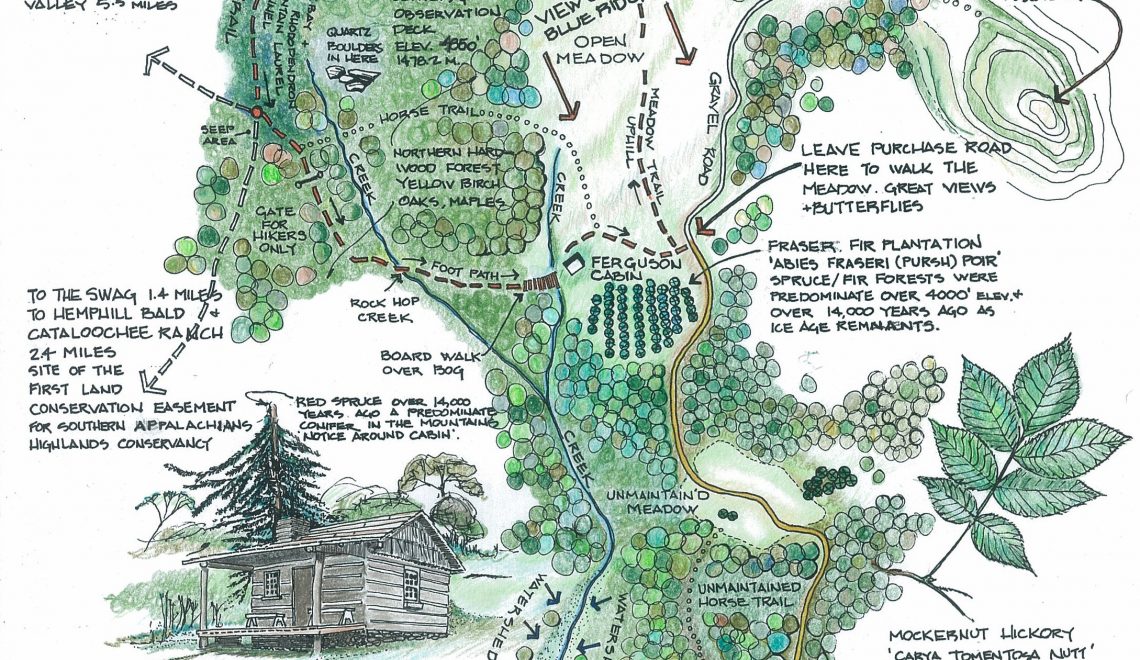
The Blue Ridge Naturalist Certificate of Merit is a program that offers adult learners a comprehensive curriculum of study about the natural world of Western North Carolina. Classes meet year round and students work to complete 240 hours in core courses on ecology, botany, geology and plant identification as well as electives on animals, lichens, insects and more. All students must complete and present a final project prior to graduation. Here are some final projects from BRN Graduates:
Ken Czarnomski
BRN Certified 2013
Completed mentorship with Haywood County Tourism Development Authority. Produced environmental educational material for a family hike at Purchase Knob, Great Smoky Mountains National Park for a section of the park not previously mapped. Included in the graphics were a trail map to scale and various plants and history particular to that specific location.
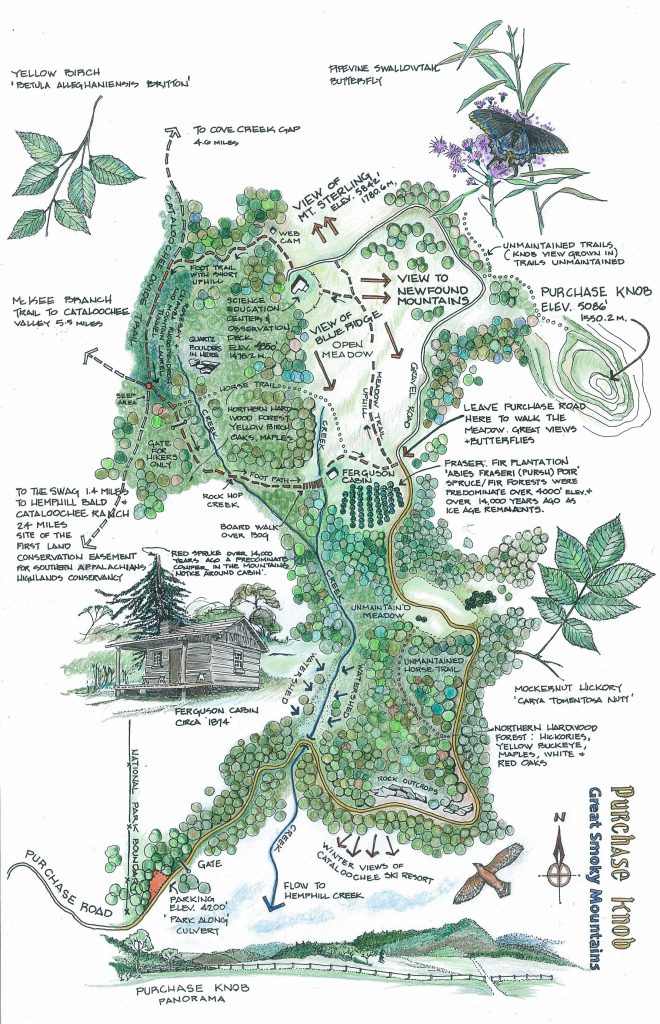
Tom Southard
BRN Certified 2016
Tom planned and developed the Blue Ridge Naturalist Network (BRNN). The BRNN offers hikes, program,and monthly meetings for BRN graduates and other naturalists to encourage continued exploration of the natural world and to offer support for students currently enrolled in the program.
Barbara Harrison
BRN Certified 2016
Barbara worked with the Blue Ridge Naturalist Network to develop a program development process and chair position. The chair recruits and schedules presenters and leaders of outdoor events and monitors and evaluates all BRNN programs and events.
Charlotte Caplan
BRN Certified 2016
The NAMA Blue Ridge Foray – a national mycological conference
With the help of eight key volunteers from the Asheville Mushroom Club, Charlotte Caplan planned and organized the annual conference of the North American Mycological Association, an organization that brings together amateurs and professional scientists in the study of fungi. It took place on September 24-27, 2015 at the Blue Ridge Assembly in Black Mountain, with at 321 people attending from the USA and other countries. Activities included 27 lectures, 12 field trips, two workshops, and other events. Over 300 species of fungi were collected, identified, documented, and preserved. The event was financially self-sustaining.
Peggy Clark
BRN Certified 2016
Peggy Clark worked with the Fairview Library on a project with The Arboretum`s Youth Education program to establish a Citizen Science Hotspot with bird feeding stations, native wildflower and pollinator garden, bird bath, dogwood trees and signage to nurture children`s interest in native flora and fauna.
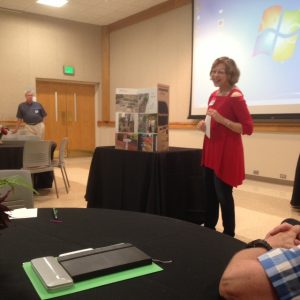
Roselie Estey
BRN Certified 2018
Roselie illustrated and wrote the text for signage on tree identification that is now on display at the new “Nature Center” at the Park at Flat Rock. The signs depict trees common to the park as well as how to identify a tree. She also has been leading nature walks once or twice a month with a different seasonal topic each month. Topics include: pond life, tree identification, wildflower ID, the importance of pollinators, and the butterfly/wildflower relationship.

Diane Bauknight
BRN Certified 2014
Diane worked with (now retired) Cindy Carpenter at the Cradle of Forestry, completing a trail wildflower survey to compare with a similar survey that had been done in the early 1990’s. A copy of her report is at the Arboretum.
Randolph Richardson
BRN Certified 2018
This project involved partnering with the developer of a new housing community to develop interpretive materials for the common areas trails. A trail map was developed for residents with highlights, distances, and elevation changes. Once the trails were established, monthly audits led to the identification of more than 200 wildflower species, and over 40 tree species. In the first year, 10 guided walks were hosted, dealing with wildflowers, trees, and local history, and these will continue. A written tree guide and seasonal wildflower guides were prepared and shared with community residents.
Here are links to the project:
BRN Project Overview
Sovereign Oaks History
Trees of Sovereign Oaks
Sovereign Oaks Spring Wildflowers
Sovereign Oaks Trail Map
James Poling
BRN Certified 2013
Project title: Nature Education at Lake Tomahawk, Black Mountain, NC
Project Start Date: May 1, 2013 Project Completion Date: September 1, 2013
Project Description: Lake Tomahawk is a small lake one-half mile from downtown Black Mountain with views of Craggy dome, the Blue Ridge Parkway, and the beautiful North Fork valley including Lake Burnet, the Asheville city water supply. Hundreds of local people and tourists visit Lake Tomahawk every week year-round to walk, bring children to the playground, picnic, and host weddings and other events on the lake or in the clubhouse or community pool. The facilities and programs are managed by the Black Mountain Recreation and Parks Department of the township. The lake is a haven for waterfowl and other birds and many native and cultivated plants. However, the nature education efforts are minimal. With the encouragement of the staff, I propose to introduce signs, brochures, and programs on nature to take advantage of this beautiful location that is beloved by so many people.
Partners: I especially want to thank the Black Mountain Department of Parks and Recreation for their support of this project. Deanna Stone, Cyndy Kirkland, and Casey Conner have provided coordination, printed brochures, advised and supervised my work. This project fits well within the larger goals of an environmentally healthy community that is part of the town’s goals. My volunteer work helps the town to do more public education on the environment than might be done otherwise.
Project Objectives: This is a project of public education that focuses primarily on writing, producing, and distributing written materials on birds.
1 People who visit Lake Tomahawk will learn the reasons they should not feed the ducks and geese and over time this education may influence their behavior to enjoy the birds without feeding them. Hopefully the education will encourage peer accountability so that the amount of feeding will decrease.
2 People will increase their knowledge and appreciation of the many species of birds that visit Lake Tomahawk.
3 People will learn the importance of birds in the larger natural habitats and become concerned about the various dangers to birds from loss of habitat, use of chemicals, and other human impacts of the natural environment.
4 People will improve their understanding of the natural environment of Lake Tomahawk and support more nature education for the public.
Michael Fleenor
BRN Certified 2018
Michael worked on an interpretative sign and trail map that blends a bit of ethnographic detail (Cherokee and early settlers) of property along the Little Tennessee River near Franklin, NC with natural history interpretation; annotated and expanded inventories from a basic bird list (about 60 species) and flower (about 325 species) found over the last 3 or so years from Audubon group and WCU field classes respectively; using the inventories, Michael developed and designed print-ready check lists for spring, summer and fall wildflowers that at some point will be available as hardcopy brochures attached to this sign and eventually electronically for use by hikers; a butterfly list with host plants found at Gibson Bottoms. Most of the developed material can be printed from the Mainspring’s printers and modified over time.
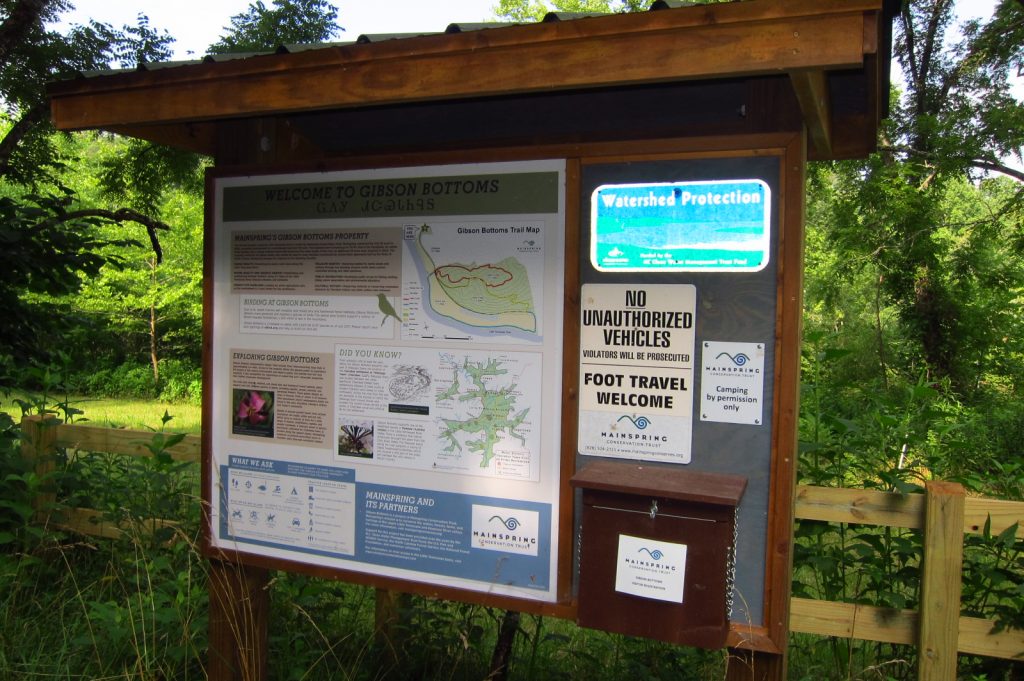
Scott Jones
BRN Certified 2014
Rhododendron Lake Park Stream Restoration Educational Signage.
This project included the design and development of permanent educational signage describing the Town of Laurel Park’s efforts to restore 1,350 linear feet of stream channel along an unnamed tributary to Wash Creek located off Lake Drive (Spring 2013) in Henderson County. Four 24″ x 36″ interpretive displays describing the site history, stream restoration process, floodplain vegetation components, and natural channel design techniques were produced. The Town and project sponsor, French Broad Mitigation Partners LLC, secured funding for the installation of the permanent displays.
Bernard Arghiere
BRN Certified 2013
One aspect of the BRN program that gets little attention is the night sky. We spend half of our lives in the dark, but few of us are acquainted with or understand the night sky. For my final BRN project (over a 3-year period) I participated in the planning, design, funding and construction of the first public observatory in the Asheville area – Lookout Observatory on the UNC-Asheville campus. This facility, which houses 2 computer-controlled telescope assemblies, is open monthly for free to the public, and it reaches about 300-plus adults, students and children at each event. The facility is also used for UNC-Asheville students who study astronomy and physics. This project has brought our solar system, our galaxy of stars and the universe much closer to the residents of the southern Blue Ridge. Find out more here.
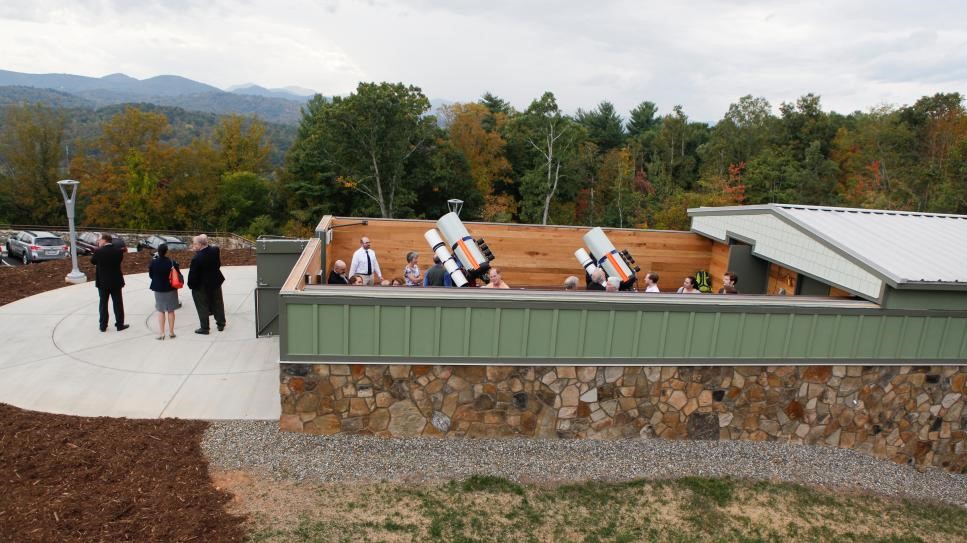
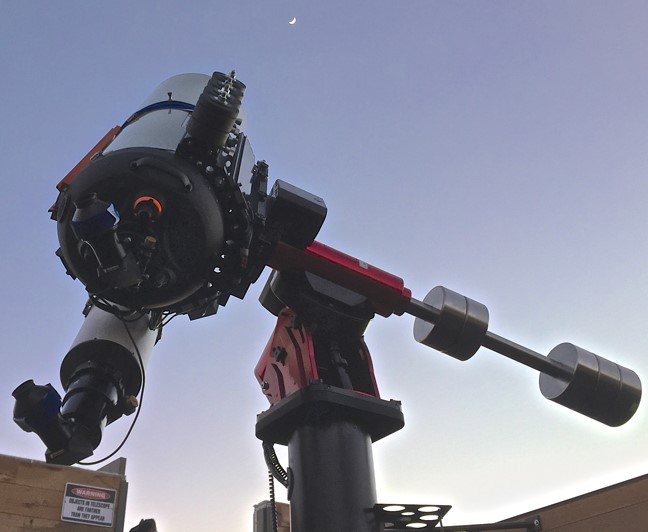
Kathy O`Donnell
BRN Certified 2017
Kathy identified wildflowers and trees along the walking trails in the community where she lives.As the flowers bloomed, she photographed them and posted the pics and IDs on their neighborhood Facebook page. She received many positive comments from her neighbors! She also purchased and installed approximately 30 metal labels with scientific and common names.
Cathy Walsh
BRN Certified 2018
Native plants on Asheville public properties
Most of us who live in Asheville love nature – it is so much a part of Asheville. We love the native trees, plants and wildlife (except maybe bears!) that live in Asheville. Native plants and trees not only represent the unique beauty of Asheville’s place in the incredible diversity of Western North Carolina, but they also provide food for the beneficial insects that birds need to feed their young. Non-native plants do not sustain native birds or beneficial insects. Currently there are no formal ordinances or regulations governing the City of Asheville to encourage the planting of native plants and prohibiting the planting of invasive nonnative plants – no formal protection for these nativetrees and plants. I urge you to contact our mayor and city council representatives and ask them to pass an ordinance to encourage more planting of native plants and to prohibit any further planting of invasive non-native plants such as English ivy, exotic bamboo, tree of heaven, etc. that take over the space and nutrients that our beautiful native trees and shrubs need.
If you would like to write a letter to the Mayor and Council members please see the addresses below:
Letters to the Editor
Mountain Xpress
letters@mountainx.com (plain-text e-mail only; no attachments or HTML)
Letters to the Editor
Mountain Xpress
P.O. Box 144
Asheville, NC 28802
Asheville City Council Members:
Esther Manheimer, Mayor
esthermanheimer@avlcouncil.com
828-259-5600
Gwen Wisler, Vice Mayor
Email: gwenwisler@avlcouncil.com
828-333-1767
Brian Haynes
brianhaynes@avlcouncil.com
828-619-1776
Vijay Kapoor
vijaykapoor@avlcouncil.com
828 338-9509
Julie Mayfield
juliemayfield@avlcouncil.com
828 271-4544
Sheneika Smith
sheneikasmith@avlcouncil.com
704 401-9104
Keith Young
keithyoung@avlcouncil.com
828 407-1181
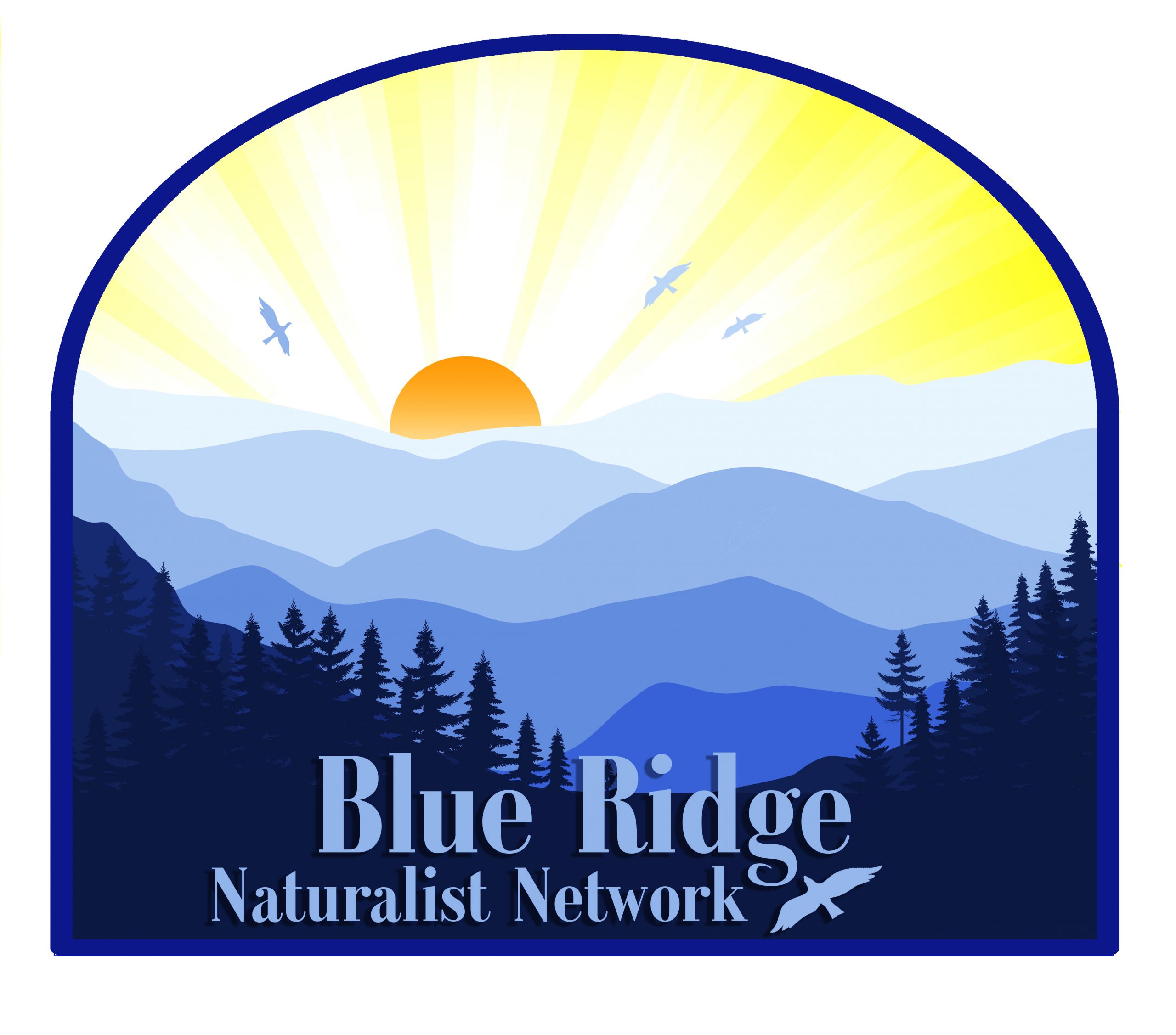


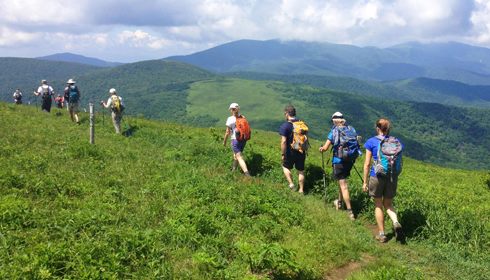





27 comments